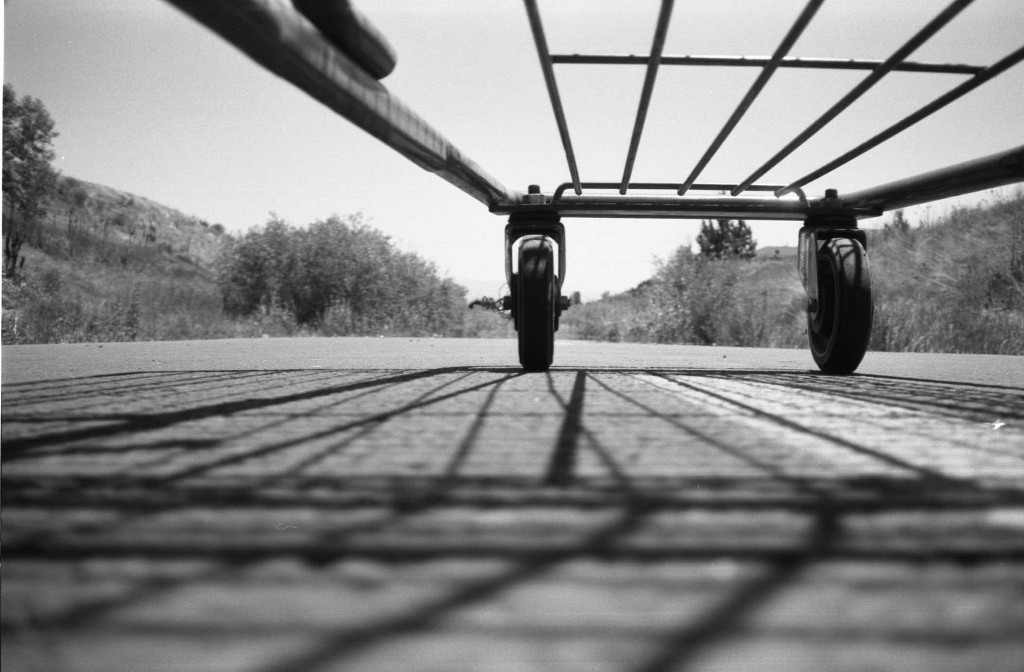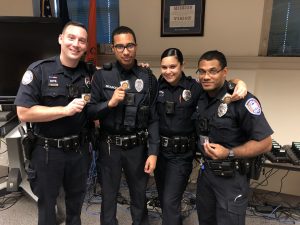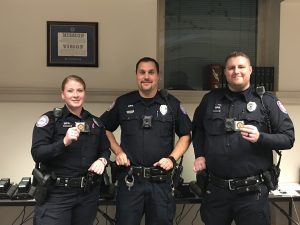Planning on starting your holiday shopping while home for Thanksgiving break? Keep these tips in mind to help you stay safe!
- Do not buy more than you can carry. Plan ahead by taking a friend with you or ask a store employee to help you carry your packages to the car.
- Shop online only from companies you know and trust. Check a company’s background if you are not familiar with it. Remember: if it sounds too good to be true, it usually is!
- Save all receipts. Print and save all confirmations from your online purchases. Start a file folder to keep all receipts together and help you verify credit card or bank statements as they come in.
- Consider alternate options to pay for your merchandise, such as one-time or multi-use disposable credit cards or money orders, especially at online stores and auction sites.
- Wait until asked before taking out your credit card or checkbook. An enterprising thief would love to “shoulder surf” to get your account information.
- Deter pickpockets. Carry your purse close to your body or your wallet inside a coat or front trouser pocket.
- Have your keys in hand when approaching your vehicle. Check the back seat and around the car before getting in.
- Do not leave packages or other valuables visible in your car windows. Lock them in the trunk or, if possible, take them directly home.
- Tell a security guard or store employee if you see an unattended bag or package. The same applies if you are using mass transit.
- If you are shopping with children, make a plan in case you get separated. Select a central meeting place and make sure they know they can ask mall personnel or store security employees if they need help.




